Inshore Fishing
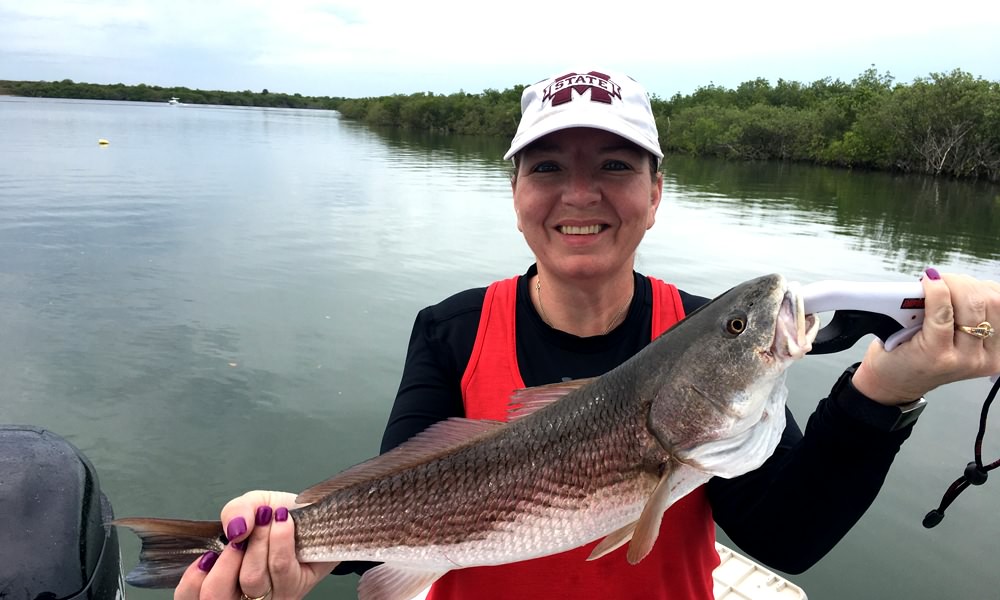
Inshore Fishing Charters
with On The Hook Charters
Daytona Beach, Florida
Fish for saltwater species in the scenic Halifax River Basin near Daytona Beach
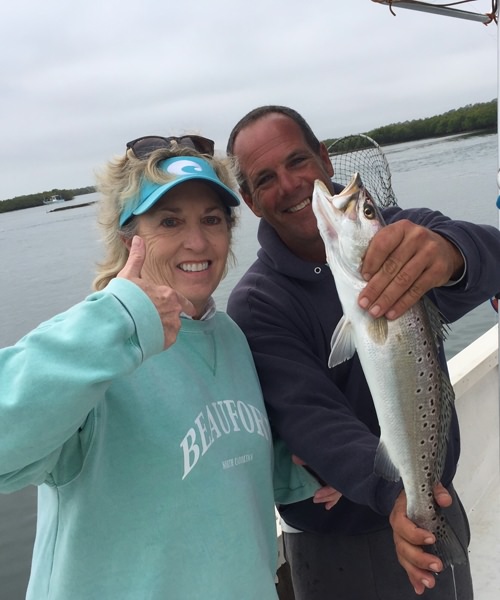
The Halifax River flows right through Daytona Beach! The Halifax is a coastal river running south, parallel to coast, until it reaches Ponce Inlet about 15 miles south of Daytona Beach where it empties into the Atlantic Ocean. The waters are brackish and home to many saltwater species from Redfish and Snook to Jack Crevalles and Sharks. It’s a beautiful river with mangrove lined shorelines and home to both dolphins and manatees.
The Halifax River is the center of all inshore and backcountry fishing in Daytona Beach. All inshore fishing charters originating in Daytona Beach are either on the Halifax River or one of it’s tributaries such as the Tomoka River and Spruce Creek or the mouth of the Halifax River at Ponce Inlet.
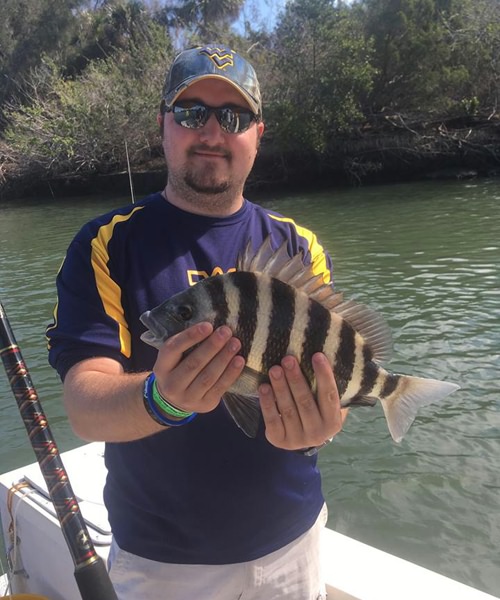
What’s Biting on Daytona Beach Inshore Fishing Charters?
Plenty! The Halifax River is a very special place for inshore and backcountry fishing. The river contains brackish water, naturally saltier towards the ocean and fresher near it’s tributaries, but this allows for a wide variety of fish species including those normally found in the Atlantic Ocean.
Inshore and backcountry fishing charters on the Halifax River out of Daytona Beach regularly target Redfish (Red Drum), Spotted Sea Trout (Speckled Trout), Flounder and Black Drum all year round. These species just get hungrier in the winter months and are a favorite target of Daytona Beach fishing charters even in January. (By the way, the average high in Daytona Beach is 70 degrees in January).
Also found year round in the Halifax River are Sheepshead, Jack Crevalle, Sharks and a variety of Snapper, especially Mangrove Snapper, one of the best tasting of all Snapper species. In warmer months there are Barracudas, King Mackerel and Spanish Mackerel.
In late summer fishing guides find Snook and Tarpon in the inshore waters around Daytona Beach especially in the Halifax River and at Ponce Inlet. In October big adult Bull Redfish enter the Halifax River at Ponce Inlet.
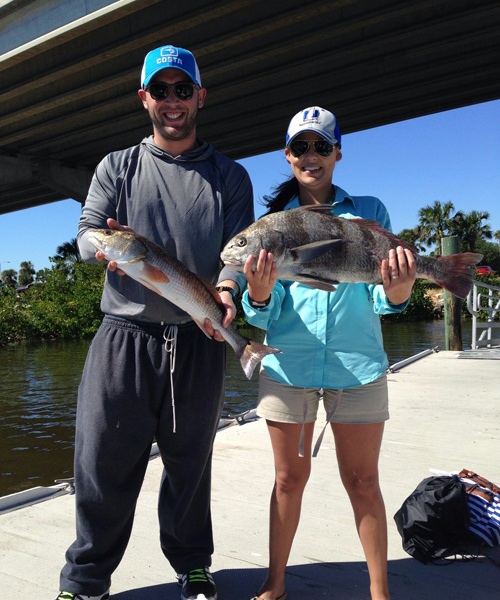
Redfish and Black Drum like these are a favorite catch on our inshore fishing trips near Daytona Beach, Florida.
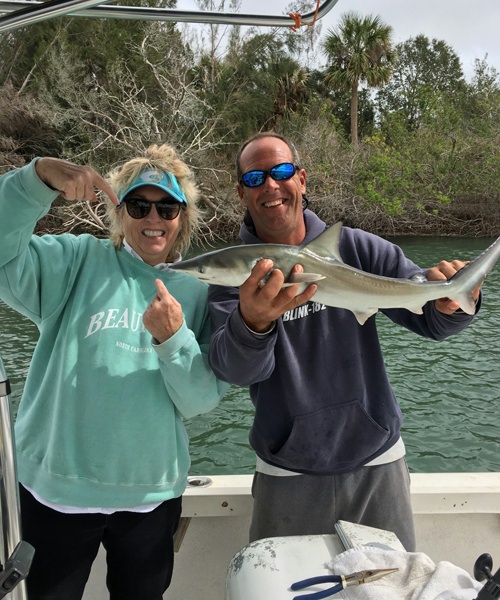
Captain Corey holds a Sharpnosed Shark the lady just caught while fishing inshore on the Halifax River.
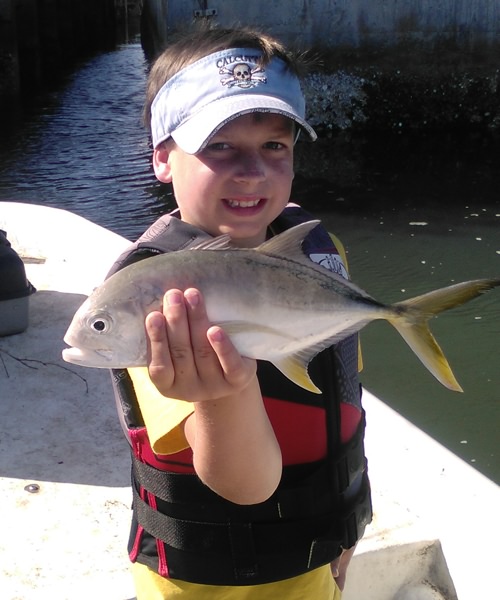
Kids love catching a Jack Crevalle on our inshore fishing trips on the Halifax River.
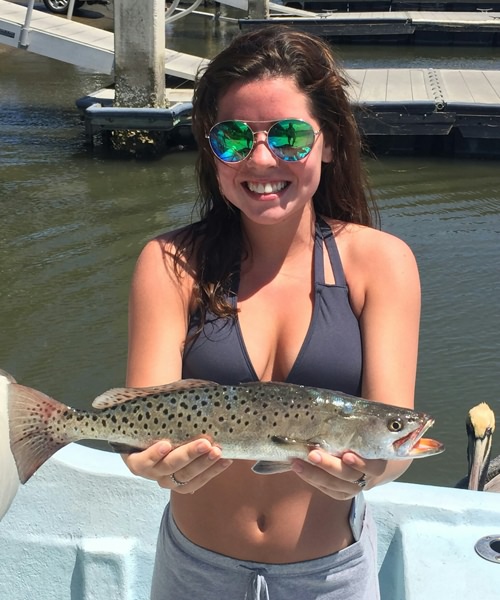
Speckled Trout like this one are great tasting and a lot of fun to catch when fishing inshore!
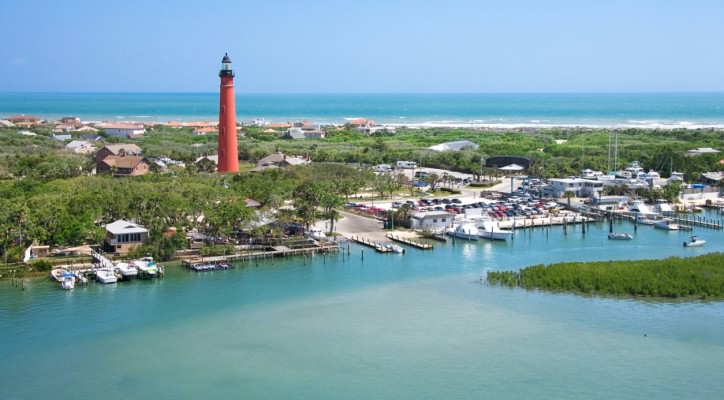
The Halifax River at Ponce Inlet.
More about the Halifax River
The Halifax River at Ponce Inlet is in the above photo. This is where the Halifax River empties into the Atlantic Ocean at Ponce Inlet. That’s the famous Ponce Inlet Lighthouse and that green patch on the right is a mangrove island in the river.
Although it is called a river, the Halifax River might be better described as a sound, a lagoon or even a bayou. Like a sound, the Halifax River separates the mainland from the barrier islands where the beaches are located. Like a lagoon, it is a brackish, semi-saltwater body of water with a mix of fresh water and saltwater fish species. And like a bayou, the river flows so slowly towards the ocean on this flat landscape that water movement is imperceivably slow.
The Halifax River begins in northeast Volusia County, the county where Daytona Beach is located. It originates at Tomoka Bay, adjoining Tomoka State Park, at the confluence of Halifax Creek, the Tomoka River and Bulow Creek. The Halifax River is part of the Atlantic Intracoastal Waterway, roughly beginning where the Intracoastal Waterway enters the northeast edge of Volusia County and flowing south along the coast until it empties at Ponce Inlet into the Atlantic Ocean in central Volusia County. The Halifax River is 25 miles long and Daytona Beach is located right in the middle of its length as it flows to the Atlantic Ocean. The Halifax River actually splits the city of Daytona Beach in two, separating the barrier island where the beaches are located from the mainland.
You crossed the Halifax River to get to the beaches in Daytona Beach. You had to cross either the Granada Bridge (Hwy 40) at Ormond Beach to the north of Daytona Beach, the Port Orange Causeway (SR A1A) to the south in Port Orange, or one of four Halifax River Bridges in Daytona Beach itself. Either that or you came a long way down A1A from maybe as far as Saint Augustine. The A1A is a great ride, isn’t it? Florida’s version of California’s Pacific Coast Highway without the cliffs but with nicer beaches and warmer water!
When you cross these bridges, remember that bridges are always built at the most populated spots on rivers with the most development. Keep in mind that vast areas of the Halifax shoreline are undeveloped and contribute to the fish breeding shoreline estuaries that make fishing in the Halifax River so good! By the way, fishing under the bridges is actually some of the favorite destinations for Daytona Beach fishing guides. Bridge pilings make great man made reefs even in a river like the Halifax.
Fishing guide Captain Corey Simmons of On The Hook Charters actually lives in Daytona Beach Shores, a community just 3 miles south of Daytona Beach between the Halifax River and the Atlantic Ocean. The Halifax River is his backyard and his home is literally just blocks from the river. He has been a professional fishing guide and commercial fisherman in the Daytona Beach area for over 30 years. No fishing guide knows inshore fishing on the Halifax River better than Captain Corey!
For prices on Captain Corey’s Inshore Fishing Charters please see his Fishing Charter Rates page.
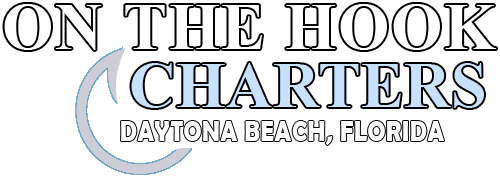
 Ask Me About
Ask Me About